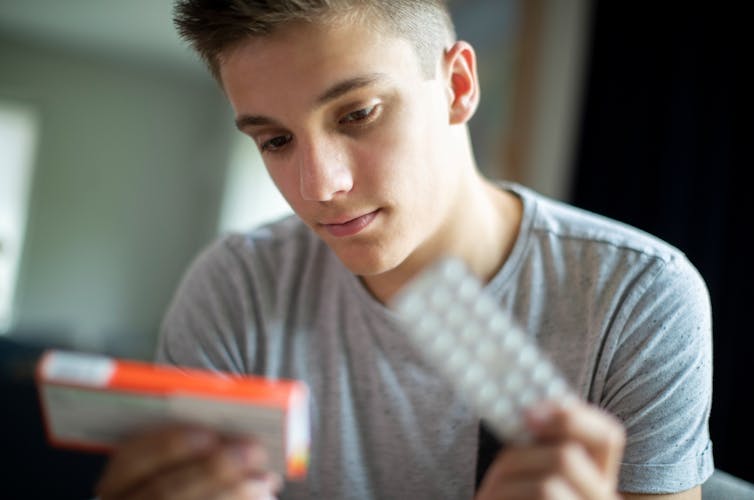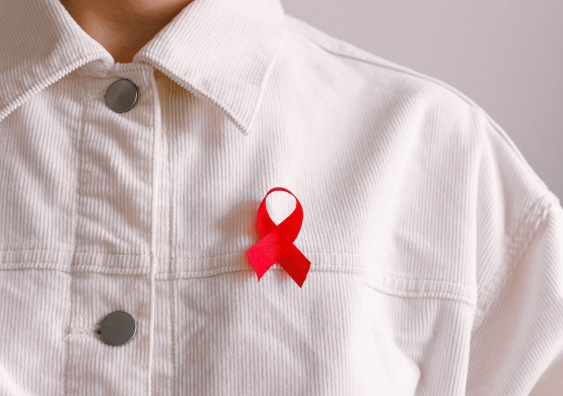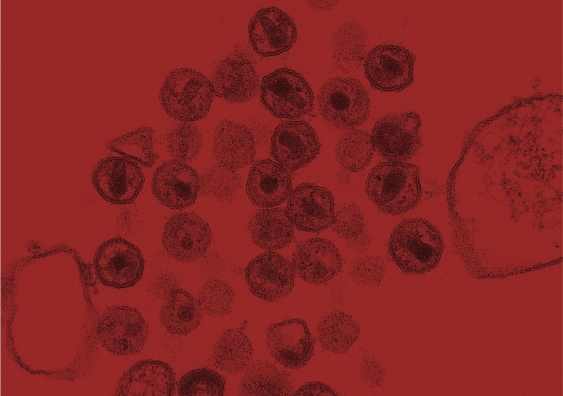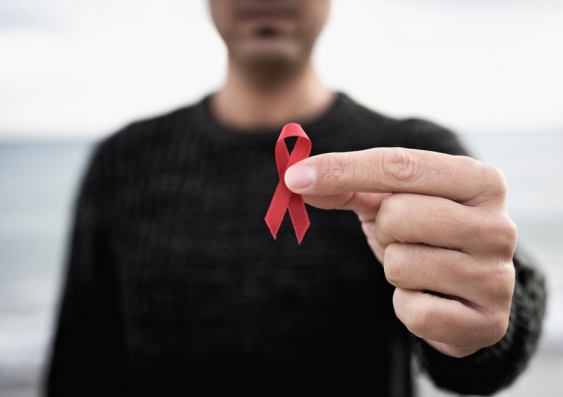HIV prevention was allocated A$43.9 million over three years in this week’s federal budget. Some $26m of this is for “PrEP” for people without access to Medicare.
PrEP means pre-exposure prophylaxis – the preventative use of antiretroviral medication in people who don’t have HIV, but who are at risk of it.
Antiretroviral medications are the drugs used to treat HIV, but if used before exposure, can prevent someone acquiring the virus.
Here’s why this extra funding is so important, what it means for people at risk of HIV, and for public health more broadly.
Why take PrEP?
PrEP is highly effective at preventing HIV. It does this by stopping HIV replicating in the body, preventing the establishment of a chronic (long-term) infection.
It has some major advantages over other ways to prevent acquiring HIV, such as condoms.
First, it allows people to plan their HIV prevention ahead of time and not have to use something in the heat of the moment. Second, it enables a person who has receptive sex – whether anal, vaginal or both – to be in control of their own protection, and not have to rely on the actions of their partner(s).
There are different types
Currently, there are two ways to take PrEP in Australia – as a daily pill or “on demand”. There is an injectable form, but this is not yet widely available.
“On demand” involves four tablets. You take two pills immediately before sex, one a day afterwards, and another the day after that. It is fiddlier than daily dosage, but good for people who have risky sex periodically.
For most gay and bisexual men, the efficacy of these three types of PrEP is roughly equivalent. But “on demand” PrEP is less effective for vaginal sex because the drug concentration is lower in the vagina. “On demand” PrEP is also not useful for people with chronic hepatitis B, because the episodic use of PrEP drugs could increase the risk of resistance to hepatitis B treatment.

Is PrEP on Medicare?
PrEP is currently subsidised under the Pharmaceutical Benefits Scheme for people with access to Medicare. And there are high levels of uptake in Australian-born gay and bisexual men.
But access for overseas-born gay and bisexual men has been an issue. Many temporary residents and visitors to Australia are not eligible for Medicare. This is a problem not only for someone who might be at risk of acquiring HIV, but also for public health.
Funding PrEP for people not eligible for Medicare is part of a suite of interventions that aims to optimise Australia’s HIV response.
Australia is aiming to eliminate HIV transmission by 2030. This means reducing HIV transmission to below 91 new cases a year, at which point it is deemed no longer a public health threat.
Early diagnosis is vital
While HIV diagnoses in Australia are low, 44% of them in 2022 were classified as “late” diagnoses. This means that by the point of diagnosis people had already sustained significant immune damage, indicating they had likely been living with HIV for some years.
Early diagnosis of HIV means people can access effective treatment. This treatment stops immune suppression, meaning people can live long, healthy lives. Treatment also means they can’t transmit HIV to their sexual partners. But a late diagnosis means people did not seek testing for many years, did not know they were living with HIV, and may have inadvertently exposed others. This is bad for the individual, and for public health.
HIV testing, then, is the cornerstone of an effective HIV response. The provision of new money in this week’s federal budget to expand testing options is therefore welcome.
One of these initiatives is $3.8m to make HIV self-tests from vending machines more widely available. Another $2.5 million has been allocated to expand self-testing kits available by mail.
Both these programs provide a discreet way for people to access testing without having to face another person. They are intended to address the barrier of shame or stigma some people may fear in accessing in-person services. They also avoid the expense of seeing a GP for testing.
How our HIV response has changed
Over the past 40 years there have been major highlights in the response to HIV: the advent of combination therapy, which transformed a life-threatening infection to a chronic, manageable illness; the discovery that antiretrovirals could work as prevention; and the treatment that prevents people with HIV from transmitting to sexual partners.
In comparison, these new initiatives may seem modest, but that would underestimate their importance. In responding to barriers that could exclude people from the prevention and care services they need, this funding supports the lofty goal of eliminating HIV.![]()
Bridget Haire, Senior lecturer, public health ethics, School of Population Health, UNSW Sydney
This article is republished from The Conversation under a Creative Commons license. Read the original article.







